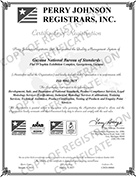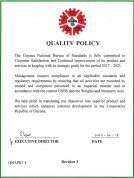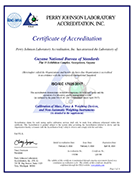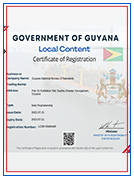Toys and playthings are monitored by the GNBS under its Product Monitoring Programme to ensure compliance to the labelling and quality requirements. When these products are offered for sale on the market parents and guardians are guided at the time of purchase, and children who are the likely users are protected.
This Christmas season, parents and guardians can protect their children from the use of unsafe toys and playthings by considering the following tips:
- Read the label. Warning labels give important information about how to use a toy and what ages the toy is safe for. Be sure to show your child how to use the toy the right way.
- Think Large. Make sure all toys and parts are larger than your child’s mouth to prevent choking. Take caution with toys that can be unassembled by children into many tiny pieces.
- Avoid toys that shoot objects into the air. They can cause serious eye injuries or choking.
- Avoid toys that are loud to prevent damage to your child’s hearing
- Look for stuffed toys that are well made. Make sure all the parts are on tight and seams and edges are secure. It should also be machine washable. Take off any loose ribbons or strings to avoid strangulation. Avoid toys that have small bean-like pellets or stuffing that can cause choking or suffocation if swallowed.
- Buy plastic toys that are sturdy. Toys made from thin plastic may break easily.
- Avoid toys with toxic materials that could cause poisoning. Make sure the label says “nontoxic.”
- Avoid hobby kits and chemistry sets for any child younger than 12 years. They can cause fires or explosions and may contain dangerous chemicals. Make sure your older child knows how to safely handle these kinds of toys.
- Electric toys should be “UL Approved” or carry any other certification mark. Check the label to be sure.
Lastly, parents, age recommendations on toys can be helpful, because they offer guidelines on the following:
- The safety of the toy (for example, if there any possible choking hazards)
- The ability of a child to play with the toy
- The ability of a child to understand how to use a toy
- The needs and interests at various levels of a child’s development






